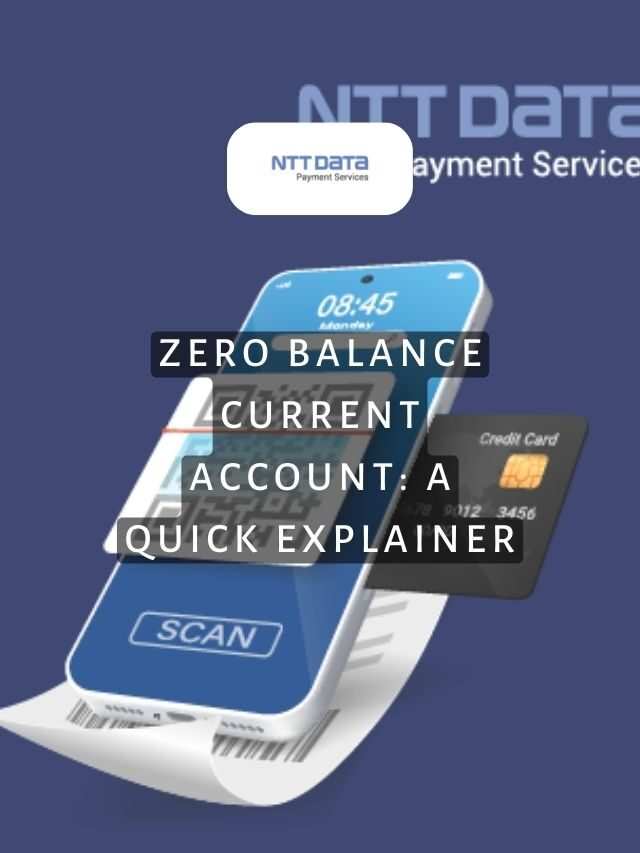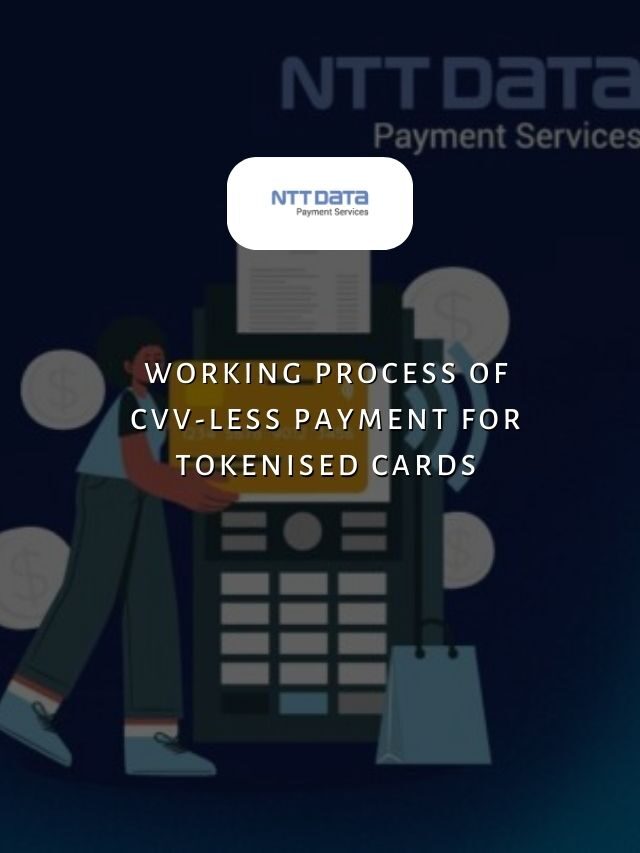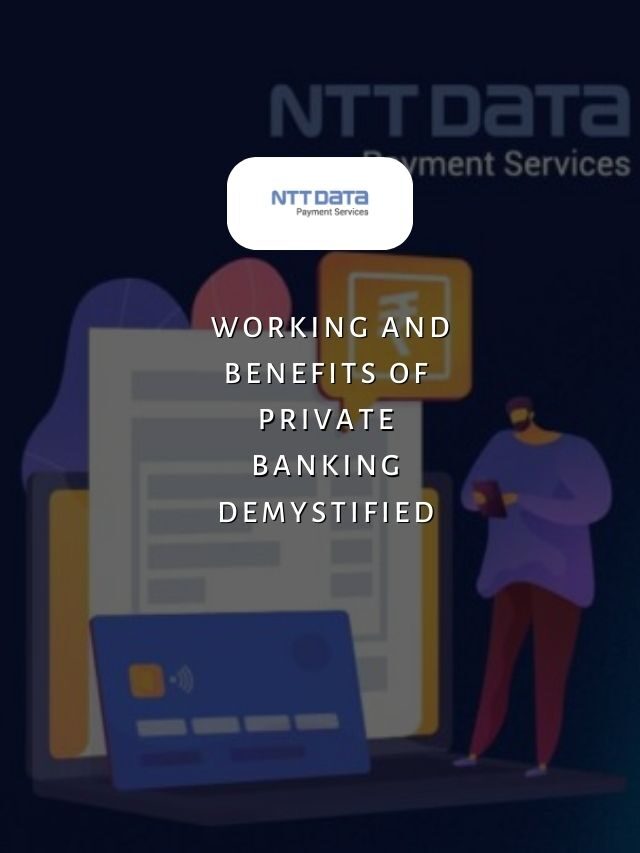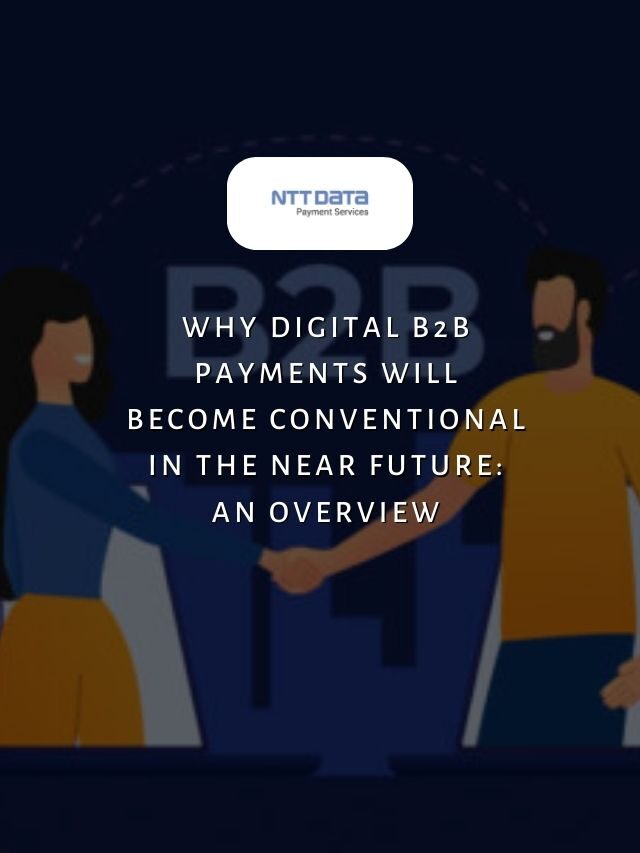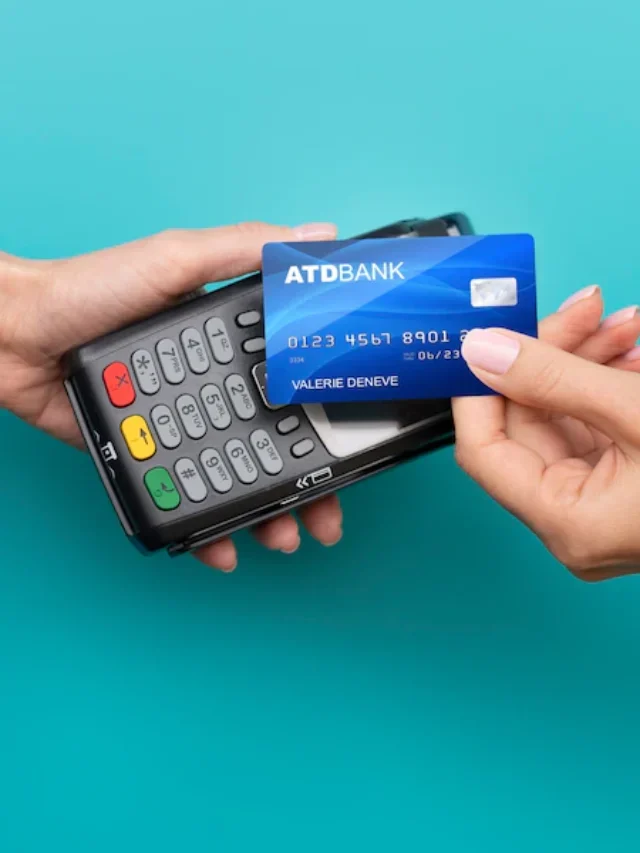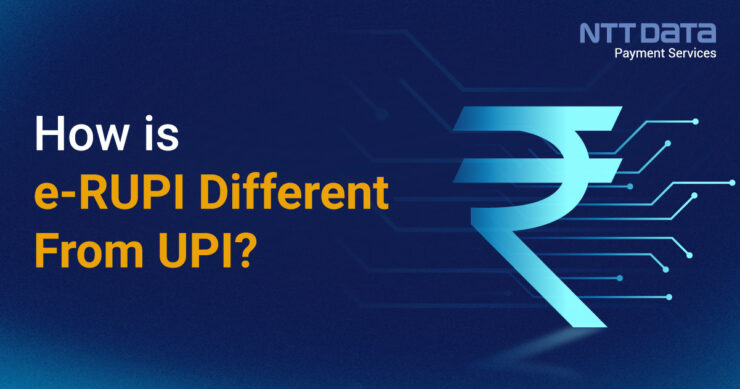
Table of Contents
- 1 The Rise of Digital Payments in India: Exploring the Technical Differences Between UPI and e-RUPI
- 2 What is e-RUPI?
- 3 What is UPI?
- 4 Difference between UPI & e-RUPI
- 5 Key Features of UPI
- 6 Key Features of e-RUPI
- 7 Technology Behind e-RUPI
- 8 Secure Online Payment With NTT DATA Payment Services
- 9 Use Cases of e-RUPI
- 10 Beyond Disruption, Delivering Inclusion: The Co-Evolution of UPI and e-RUPI
- 11 Frequently Asked Questions (FAQs)
UPI has become immensely popular for its seamless person-to-person money transfers without users needing to remember multiple bank details. However, the government recognised the need for a more targeted mechanism to ensure optimised delivery of welfare services.
This led to the launch of e-RUPI, a prepaid digital voucher-based system focused on specific socially important use cases. The key technical difference of how is e-RUPI different from UPI lies in their underlying architecture.
This blog explores the key distinctions of how e-RUPI is different from UPI, along with their features & technology architecture.
The Rise of Digital Payments in India: Exploring the Technical Differences Between UPI and e-RUPI
India has seen one of the most rapid digital transformations globally in the fintech space over the past decade. According to a Bain & Company report, digital payments in the country have grown over five times in the last five years alone. This massive scale-up has been propelled by innovative platforms that have simplified financial access for millions.
Two of the most impactful systems born out of India’s digital revolution are UPI and e-RUPI. Since its launch in 2016 by NPCI, UPI has revolutionised P2P transfers, clocking over 22.7 billion transactions worth $768 billion in FY23.
The government recognised the opportunity and launched e-RUPI back in 2021. It has facilitated cashless transactions worth Rs. 350 crores across schemes in just over a year. While both UPI and e-RUPI have transformed India’s digital payments landscape at scale, their underlying technical differences are often misunderstood.
What is e-RUPI?
e-RUPI is a digital voucher-based system introduced by the National Payments Corporation of India (NPCI). It functions as a prepaid voucher that allows for specific and secure payments without direct bank account linkage. Each transaction involves a unique voucher code, ensuring efficient and controlled disbursement for purposes like healthcare and government assistance programs.
What is UPI?
UPI stands for Unified Payments Interface, which facilitates transactions between bank accounts. It provides a simple and easy-to-use system for instant funds transfer using just a virtual payment address, as customers do not need to enter complete bank details to make payments.
Difference between UPI & e-RUPI
| Aspect |
UPI |
e-RUPI |
| Purpose | Facilitates P2P & P2M payments for regular digital transactions. | Enables cashless transactions for specific welfare services/goods through vouchers. |
| Target Audience | General public for all kinds of payments. | Beneficiaries of government schemes for targeted delivery of benefits. |
| Payment Mode | Uses virtual payment addresses/bank accounts linked to UPI ID. | Operates on QR code/SMS push single-use prepaid voucher system. |
| Transaction Nature | Open-ended payments between parties. | Time-bound digital vouchers with set validity and single use. |
| Redemption Process | Scanning QR codes or entering virtual addresses/accounts. | Redeeming QR codes or voucher details at service delivery points. |
| Technology Platform | Built on IMPS infrastructure for fund transfer. | Leverages UPI and IMPS behind the scenes for cashless transactions. |
| Examples | Paying utility bills, money transfers, and merchant payments. | Healthcare benefits, education aid, and wages under welfare schemes. |
| Role of Banks | Facilitates bank account linking and fund settlement. | Not required as vouchers can be redeemed without an account. |
| Prevents | N/A | Leakage of funds by ensuring targeted, cashless delivery of benefits. |
Key Features of UPI
The following are the key features of UPI:
- Works on mobile numbers, Aadhaar numbers or virtual payment address (VPA)
- Supports both person-to-person and person-to-merchant payments
- Offers options like recurring payments, cashback, bill payments, etc.
- Integrated with bank accounts for instant fund settlement
- Transactions can be tracked, canceled, or refunded within 30 minutes
UPI streamlined P2P transfers and digital payments in India by eliminating the need for multiple bank apps. It has become the preferred mode of payment for millions of users.
Key Features of e-RUPI
So, how is e-RUPI different from UPI? The key features of e-RUPI are as follows:
- e-RUPI is a prepaid digital voucher or cashless voucher, while UPI facilitates cashless payments.
- It is a person-to-purpose payment system meant for specific services/goods rather than generic P2P transfers like UPI.
- e-RUPI vouchers are created and distributed by the government or corporations to facilitate cashless transactions for welfare schemes, vaccination packages, etc.
- They are single-use and have a set expiry period, unlike the open-ended nature of UPI payments.
- e-RUPI works on a QR code/SMS push mechanism for redemption instead of bank accounts linked to UPI.
- It does not require users to have a UPI pin, internet, or bank account – only a feature phone is sufficient to redeem the voucher.
While UPI is a versatile payments rail, e-RUPI is a more targeted voucher-based system focused on last-mile delivery of social welfare schemes and services.
Technology Behind e-RUPI
While UPI is built on Immediate Payment Service (IMPS) infrastructure, e-RUPI leverages the Unified Payments Interface (UPI) and Immediate Payment Service (IMPS) rails for fund transfer behind the scenes.
When an e-RUPI voucher is generated by the sponsoring entity, it is associated with a unique PAN/Aadhaar number and single-use redemption details. This e-voucher is received via SMS/QR code on the beneficiary’s mobile phone.
At the time of redemption, the details are submitted to the associated bank through a merchant app, and funds are electronically transferred from the sponsor’s account to the merchant account in real time via IMPS. The transaction details are stored for audit purposes.
This process ensures targeted, timely, and transparent delivery of social security benefits to citizens without a bank account. The prepaid nature also prevents misuse or resale of e-RUPI vouchers.
Secure Online Payment With NTT DATA Payment Services
NTT DATA Payment Services enables digital payment innovations through platforms like UPI. As one of India’s largest digital payment processors, we provide the core transaction infrastructure and merchant solutions to securely process billions of UPI transactions annually. Our efforts have significantly contributed to UPI’s widespread adoption across India.
NTT DATA Payment Services offers a complete payment solution to advance your offline and online businesses from,
- Payment Gateway in India
- POS machines
- IVR payments
- Mobile applications, and
- Bharat QR Scan and Pay
We ensure maximum comfort, convenience, and safety for all your payments.
Use Cases of e-RUPI
Some key sectors where e-RUPI has been deployed to drive financial inclusion include:
- Healthcare: Vaccination packages, medical insurance reimbursements, hospital bills, etc.
- Agriculture: Subsidies for seeds and fertilisers directly to farmers.
- Education: Scholarships, tuition fees, and exam fees for students from underprivileged sections.
- Nutrition: Maternity benefits and supplementary nutrition for children directly to beneficiaries.
- Consumer goods: Food security for migrant workers, ration for below-poverty-line families.
By ensuring cashless and leak-proof delivery, e-RUPI minimises intermediaries and prevents the diversion/misuse of funds meant for welfare schemes. It has helped the government optimise social spending impact.
Beyond Disruption, Delivering Inclusion: The Co-Evolution of UPI and e-RUPI
While UPI and e-RUPI are both digital payment platforms, the question “How is e-RUPI different from UPI?” refers to their distinct use cases, features, and underlying technologies. India aims to become a fully digitally empowered society with the help of platforms like UPI and e-RUPI. Going forward, such targeted financial inclusion initiatives will become even more important.
| Also, you can get frequent updates on nttdatapayments Instagram page. |
Frequently Asked Questions (FAQs)
1. How is UPI different from other payment methods?
UPI is different from other payment methods like credit cards, net banking, etc., as it allows instant fund transfer between bank accounts just by using a virtual payment address without sharing bank account details. It also supports peer-to-peer and merchant transactions.
2. What is the difference between UPI and e-wallet?
The key difference is that UPI is linked to bank accounts, while e-wallets store money in a prepaid account managed by a private company. UPI transactions happen in real-time from linked bank accounts, whereas e-wallets require the preloading of transaction funds.
3. How does e-RUPI work?
e-RUPI involves the generation of a prepaid digital voucher or QR code by the government or organisations for specific beneficiaries. When received on the mobile, this voucher can be redeemed only for the designated purpose or service without needing a bank account.
4. Can UPI and e-RUPI be used interchangeably?
No, UPI and e-RUPI have different objectives. UPI facilitates versatile P2P and merchant payments, while e-RUPI is focused on targeted delivery of welfare benefits or services through single-use prepaid vouchers.
5. What are the key benefits of e-RUPI over other digital payment methods?
Key benefits of e-RUPI include ensuring complete transparency in the use of funds, preventing diversion or misuse of benefits, and enabling last-mile delivery of services, even for those without bank accounts, through feature phones.

